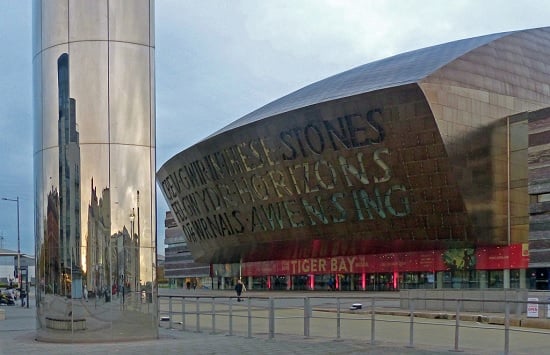
More than 150 Welsh-partnered project have received EU funding over the last decade
Photo: Robin Drayton
EU funding worth £2.3m a year to Wales
A report commissioned by the Arts Council of Wales warns the figure is likely an underestimate as Brexit approaches.
European Union (EU) funding has contributed at least £23m to arts in Wales over the last decade, a report commissioned by the Arts Council of Wales (ACW) says.
More than 150 projects including ...
Subscribe to read more
Get unlimited access to the latest news, features and opinion from the arts, culture and heritage sectors
Already subscribed? Log in
Usually have access through your university?
Join the Discussion
You must be logged in to post a comment.